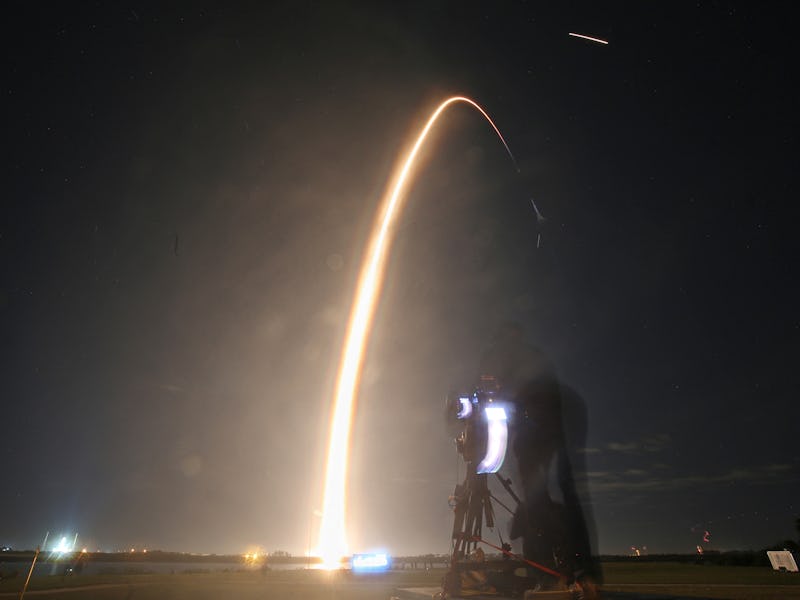Look! Epic Images Show ‘Odysseus’ Lander On Its Way To the Moon
It's smooth sailing for now.

Round two of NASA’s newest Moon project is now underway, following the successful launch of the Intuitive Machines-1 (IM-1) mission in the early morning hours of Thursday.
IM-1 is now on a journey to reach the Moon on February 22, aiming to place a lander dubbed Odysseus on the surface of Earth’s natural satellite. If it does, the Houston-based company would become the first private lander on the Moon. In addition, the touchdown would usher in a special delivery service developed by NASA to make lunar trips more frequent and less expensive.
A problem occurred last month when this NASA program, called Commercial Lunar Payloads Services (CLPS), saw its first flight.
A SpaceX Falcon 9 rocket lifts off from launch pad LC-39A at the Kennedy Space Center with the Intuitive Machines' Nova-C moon lander mission, in Cape Canaveral, Florida, on February 15, 2024.
On January 8, the Peregrine lander from Pittsburgh-based company Astrobotic suffered a propulsion anomaly shortly after launch. This thwarted their commercial flight, which included five NASA instruments and the ashes of several dozen people. When a lunar landing was no longer a possibility, the team decided to send Peregrine on a self-destructive burn through Earth’s atmosphere. Peregrine’s demise on January 18 now opens the door for IM-1 to be the first successful CLPS mission.
Odysseus has encountered no issues so far. The Intuitive Machines Nova-C-class lunar lander “is stable and receiving solar power,” NASA announced on Thursday.
As Odysseus flies to the Moon, and up until about a week after landing, NASA instruments will take science data. They’ll survey how the cryogenic propellant performs in space and observe how lunar rubble kicks up during landing. Once at Malapert A, a flat region in the lunar south pole surrounded by craters, other instruments will take data on how the solar wind affects the lunar terrain and for radio astronomy.
An NFT moon-phases artwork from sculptor Jeff Koons, a thermal shield from Columbia Sportswear, and a landing-selfie-snapping camera from Embry-Riddle Aeronautical University are also hitching a ride to the Moon.